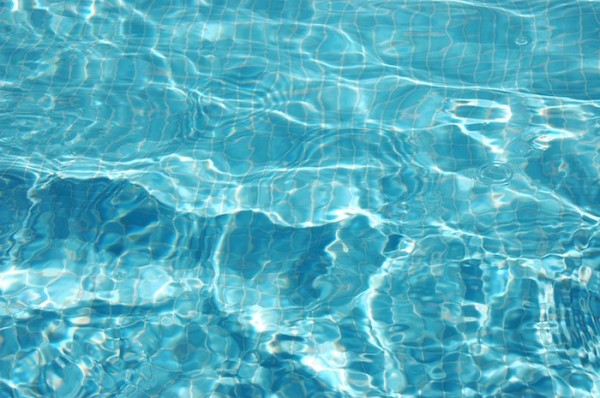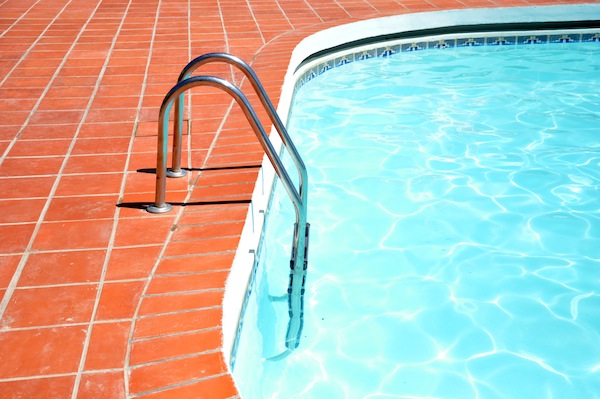How to Winterize Your In-ground Swimming Pool
With summer officially in the rear-view mirror, it’s time to get your pool ready for the long winter ahead. Your pool has likely been busy, but it won’t get any use the next few months.
So, we’ve made this guide to help you learn more about in-ground pool winterization.

Why winterize?
If you just built your in-ground pool at the start of the season, you’ve never experienced the damage cold weather can do to your pool. An improperly prepared, or completely unprepared, pool can suffer serious damage. Pipes can crack from freezing and stains can develop on the bottom of the pool floor. Algae can also become prevalent in your pool, which makes it a hassle when you’re ready to jump in as the weather warms up.
How to do it
Before going through the steps, it’s important to note that this is meant for research purposes and is not an extensive rundown. If you are winterizing your pool, we recommend going to a reputable pool company to have it done professionally.
Clean away debris and check the chemical levels
Prepare your pool for winterization by thoroughly removing any debris or leaves from the bottle and top of the pool. If a leaf stays at the bottom, it could stain your pool. Also, make sure the pool’s chemicals are perfect.
Shock the pool
Shocking the pool means temporarily raising the chlorine levels to kill any bacteria. Do this a week or so before winterization, so chlorine levels can normalize.
Add winterizing mixture to the pool
 There are many types of winterizing chemicals out there that claim to help your pool get through the winter smoothly. It’s a good idea to do research or call your local pool supplies store to learn more about the options. Generally, these are algaecide to ensure algae does not grow in your pool.
There are many types of winterizing chemicals out there that claim to help your pool get through the winter smoothly. It’s a good idea to do research or call your local pool supplies store to learn more about the options. Generally, these are algaecide to ensure algae does not grow in your pool.
Remove and clean everything
You’ll want to completely remove the swimmer, ladder, chemical feeders, pool toys and any extraneous items.
Lower the water level
Next, lower the level of your water until it is below the skimmer and jets.
Blow out all water from the system
It’s essential to make sure your filtering system has no water in it whatsoever. By leaving water in the system, you can run the risk of causing some major damage if it freezes. To remove the water, use an air compressor to clean out the hoses. Then, plug up any openings so water can’t get in.
Cover the pool
Finally, you should put a cover over your pool to keep out any debris or dirt. It’s a good idea to put an air pillow in the middle, so there’s not as much pressure on the cover and walls of your pool. It also prevents water and debris from building up on the top. Make sure the cover is tight and put on correctly.


